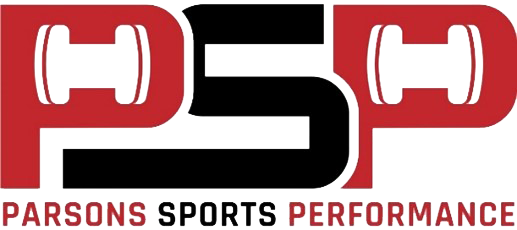Max Effort Method
Strength, the expression of force, is king in the realm of sports. There is no better way to improve force production than the max effort method.
There are three main strength training methods: maximal effort, repeated effort, and dynamic effort. Each plays a role in a well-structured training program.
Max Effort method: lifting a maximal load against maximal resistance. Meaning if you can lift said load for more than one repetition it’s not really maximal effort. This method produces the greatest increases in neurological strength.
Repeated Effort method: lifting a submaximal load to failure, or near failure. Repeated effort is used for increased muscle size (hypertrophy) and structural capacity of the tissue.
Dynamic Effort method: lifting a submaximal load at maximal velocity. Dynamic effort is used to increase Rate of Force Development (RFD) and explosive strength.
Each method plays a part in developing a well-rounded athlete, but today we’re talking strength.
The max effort method is the best of the three for improving intramuscular and intermuscular coordination. It increases motor unit (MU) recruitment (the number of MU’s activated to increase contractile strength in a muscle), rate coding (the rate MU’s discharge action potentials), and motor unit synchronization. If we can increase the number of MU’s activated and the frequency at which the MU’s are firing, we increase force production.
Sport scientist Vladimir Zatsiorsky states in Science and Practice of Strength Training, “It is impossible to exert a large amount of force against a small mass.” The body is intelligent and does not like to waste energy. Lifting a maximally heavy load requires the recruitment of Type II (fast-twitch) muscle fibers.
At PSP, our athletes have two max effort lifts per week: max effort lower body and max effort upper body. This would be two of our four training days in a typical week. On these days the max effort lift only makes up 20% of the total training volume. The other 80% is made up of jumps and throws, specialized lifts, single-joint exercises, and isometrics to create a well-rounded athlete. Max effort work takes very little total training volume and time to elicit such great strength improvements. The body adapts to the stressors placed upon it. If we expose the body to a maximally heavy load, the CNS adapts to move said load more efficiently next time.
Here is where our program differs. We vary our max effort lift weekly. This is for two reasons: to avoid accommodation and to mitigate overuse injury. It’s been shown that 3 weeks of training at >90% will lead to accommodation, or detraining. Again, the body adapts to stress. If the body is continually exposed to the same stressor, there is no longer a need to adapt. Exercise variation is vital to athletic development. We want robust athletes.
Week 1:
Trap Bar Deadlift 2” Deficit, 5RM
Seated Broad Jump 8×3
Week 2:
BB Low Box Squat vs Mini Bands, 1RM, following top single remove bands for 8 reps
DB Squat Jump 8×3 @ 25% bodyweight
Week 3:
BB Deadlift 4” Deficit, 3RM
Single Leg Broad Jump 8x2ea leg
Week 1:
Wide Stance Squat vs bands 3RM
Drop Rebound Transverse Broad Jump 8x2ea leg
Week 2:
Sumo Deadlift 2” Deficit 1RM
KB Sumo Squat Jump 8×3 @ 30% bodyweight
Week 3:
Wide Stance High Box Squat 5RM
Lateral Triple Jump 8×2 ea leg
On average, our athletes add over 70lbs to their squat and over 90lbs to their deadlift in 12 weeks. In that same 12 week span they add 5.5 inches to their vertical jump, 13 inches to their broad jump, and shave 3 tenths of a second off their 40yd dash times. These are AVERAGE numbers. Goes to show you just how vital strength is to athletic development.
